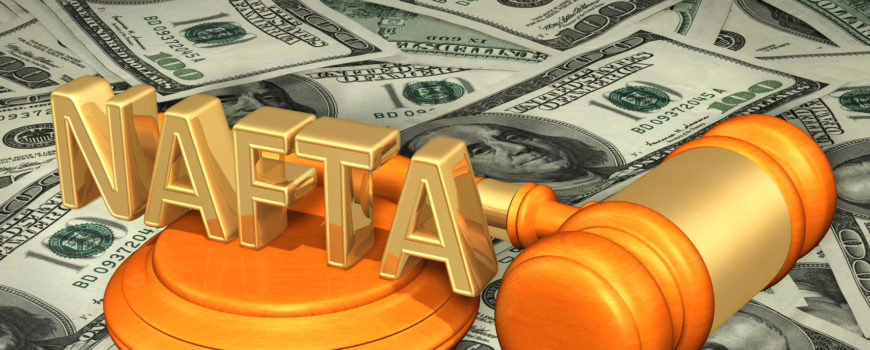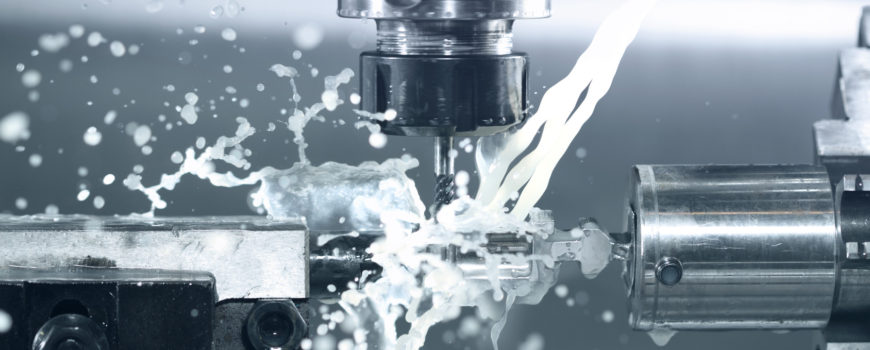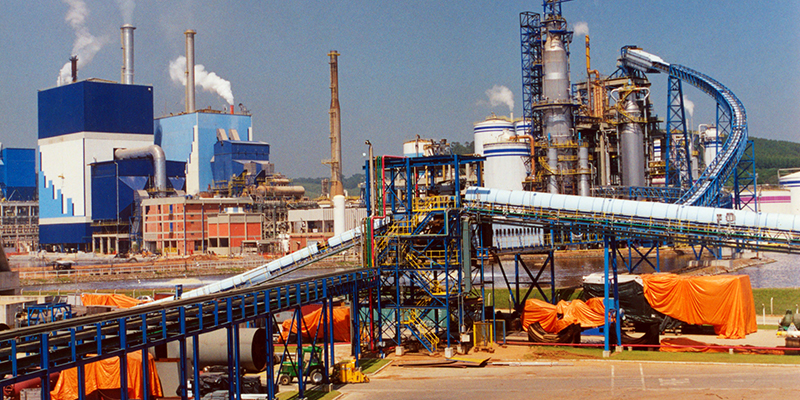Recently, there have been debates on the issue of NAFTA. It is a very interesting issue given that people have different views about it. Some people have the idea that the NAFTA agreement has only brought negative effects into the US while there are those that support it. The president of the United States, Donald Trump talks of renegotiating the agreement on the basis that it is hurting the US economy. Well is that true and if it is, how does his not signing the agreement affect the manufacturing sector?
Let us first understand what NAFTA means.
What is NAFTA?
NAFTA is the acronym for North American Free Trade Agreements. It is a pact between the US, Canada, and Mexico, to remove any trade barriers and tariffs for any imports and exports. It was effected on the first of January 1994. Since then, it has been 24 years with the agreement still intact.
However, recently on May 18th, the U.S president Donald Trump gave formal notice to renegotiate the terms and if not, alienate the US from the trade agreement.
In the 24 years, the country has experienced trade volumes and economic growth. The state can export, and import goods without worrying about tariffs and that improved the economy at least for a while. However, the manufacturing sector mainly the CNC automation and machining among more manufacturing companies have been seen to be affected by the agreement negatively.
However, now that the agreement may not be signed is there hope for the manufacturing sector? Let us look at the benefits that may arise for the manufacturing industry if the NAFTA agreement is not approved.
Rise in Employment
With the trade agreement in place, US manufacturing industries have been able to import cheap labor or relocate their production to other countries such as Mexico. In so doing people who are specialized in mechanical engineering or those that are in the US, manufacturing schools are discouraged from pursuing this career since there is no hope for employment. However, if the agreement is not signed, those that are specializing in manufacturing will have jobs.
Stabilize trade
The NAFTA agreement allows Mexico and Canada to export their products to the US without tariffs. For example, the CNC automation industries are faced with so much competition from other countries since people are attracted to the cheaper automotive. In the long run, so many products are imported while very less is exported which causes a trade deficit.
On the other hand, if NAFTA agreement is not signed there will be hope for manufacturing companies in the USA such as Tag Team Manufacturing since imports will be monitored. Mechanical engineering schools will have more students enrolling to study since there will be hope to produce US automotive and sell both internally and externally without fear of competition.
Wages
According to statistics, US wages reduced as a result of the NAFTA agreement. Most people in the manufacturing sector lost their jobs, and in 2012, two out of three people were rehired but at a lower wage rate. That forced people to move out of the manufacturing sector and search for jobs in the hospitality and hotel industry and apparently, they got even lesser pay.
If NAFTA agreement is not signed, there will be less importing of cheaper labor, and also, there will be less competition from other manufacturing companies in Mexico and Canada. So, wages will begin to rise back up which will increase the economic growth.
Therefore, as much as NAFTA has brought positive effects into the US economy, there is a great room for improvement in the economy, especially in the manufacturing sector. So, is there hope for the manufacturing industry if it is not signed?





